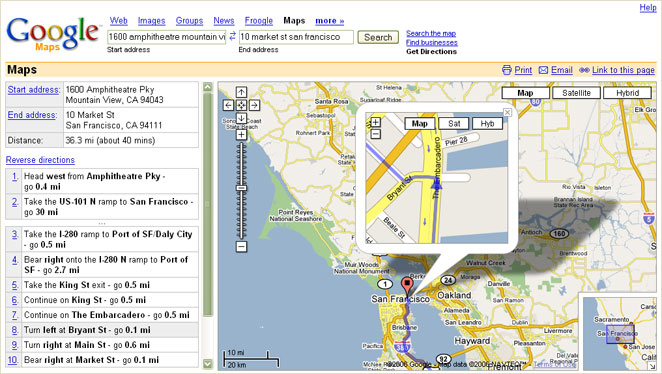The new XBOX 360 comes out in a little over a month, and its flagship “must have” launch title is "
Project Gotham Racing 3."
What’s so special about this game (other than the unbelievable visuals that it's purported to have)?
It's a spectator feature that will allow up to 30,000 fans to watch in on online races and tournaments.People who own the game and an XBOX Live subscription (what Microsoft makes you pay for in order to play games online) will be able to watch racing tournaments in real time. While limited "spectator" modes are available in some other games (Unreal Tournament 2004 comes to mind), never before has a gaming company capitalized on the idea that large numbers of players might want to watch other players – especially those who might be pretty good at the game.
Here’s a snippet from
IGN.com:
Did I mention the other big number that Bizarre threw out at us? You've been hearing about the fantastic idea of a spectator mode from the likes of J Allard and Peter Moore. Project Gotham Racing 3 offers you a spectator mode with the ability to host 30,000 spectators on one eight-person race ... Can you imagine 30,000 people watching you play an online game? Bizarre said that if the spectator mode is successful and more than 30,000 people appear, they can expand the Microsoft servers to hold even more people...
EA has learned this with the
Madden Challenge, an annual road show around the country where they find the best Madden football players and give them the chance to play for big moolah (on a televised show presented on the G4 cable network). It's great promotion for EA and the Madden franchise – still the
top selling video game of all time.
But this Project Gotham Racing 3 online model is the
first big stab at spectator gaming. Sure, it's interesting from an entertainment standpoint, but
from a marketing standpoint – this is big stuff.
On top of the product and branding placement shown in the game itself (virtual signage, car brands, logos on the cars), and the game "sponsors" (like Old Spice's sponsorship in several EA Sports games this year), you now have the opportunity to introduce even more broadcast-like advertising into the game. Will there be commercial breaks, with 30 or 60 second packaged messages? Will the players (virtual and real) be interviewed and, like their NASCAR counterparts, name drop a half-dozen sponsors in 15 seconds? What about the play-by-play commentary? Will there be marketing messages here?
Interesting idea. While I
don't believe that these events will become the Super Bowls of the future, it is another step towards (whether you like it or not) professional gamers.
And this is a big opportunity for agencies like
Massive, which handle in-game product placement and other video game sponsorships. I predict other ad agenies are quickly going to create divisions to do this, and many other boutique firms will emerge.
-aB





